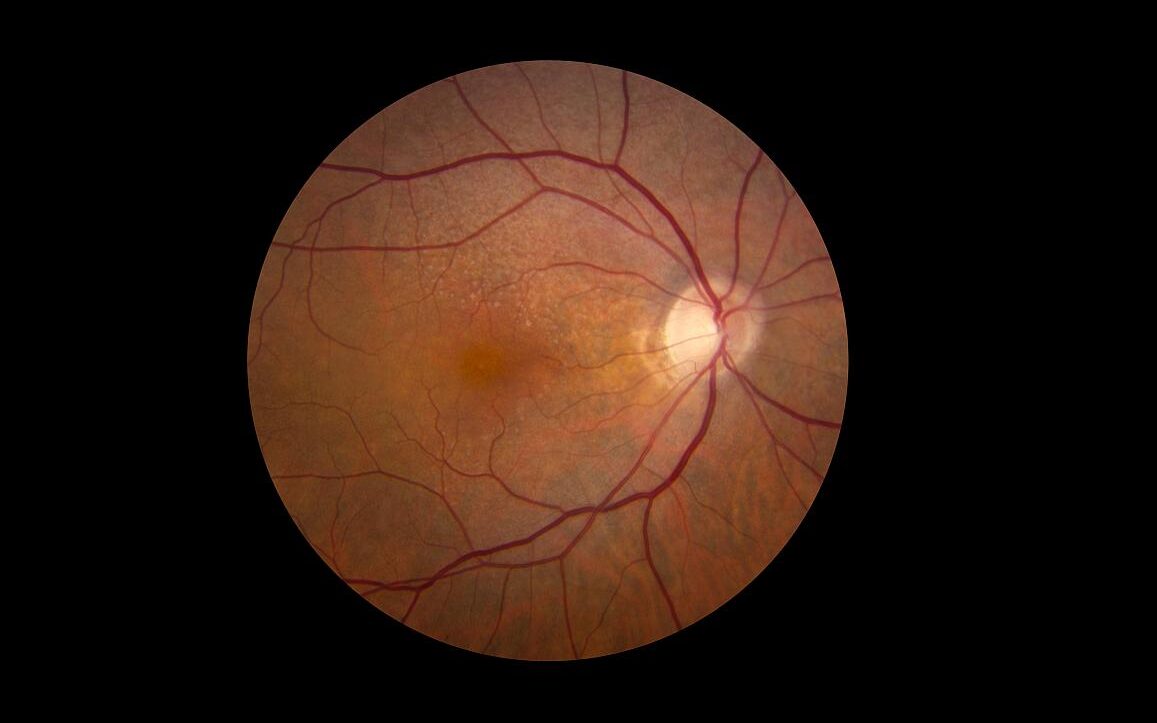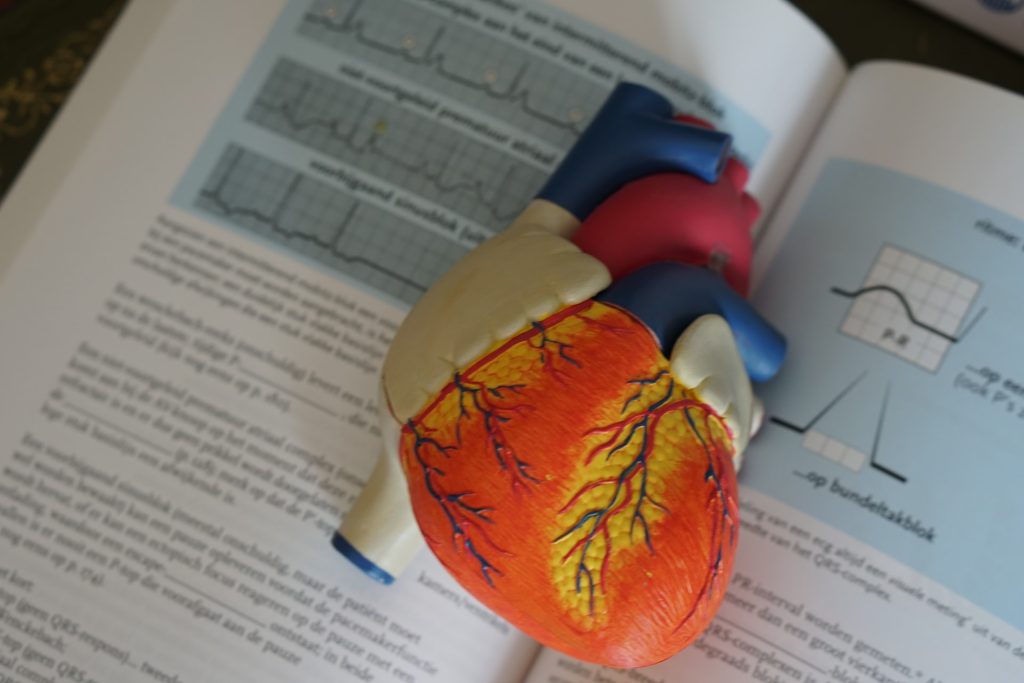Obesity in Mice Causes AD Treatments to Backfire

In a new study published in Nature, researchers found that treatments that were effective for atopic dermatitis (AD) in lean mice actually worsened the condition in obese mice.
Tracking the development of AD in obese and lean mice, the researchers found that obese mice developed more inflammation and more severe AD. This increased inflammation was present even after obese mice lost weight. There were similar results in an experimental model of asthma, with obese mice developing more inflammation.
The researchers next looked in detail at immune cells called T cells in lean and obese mice with AD. Lean mice had more TH2 cells, a class of T cells known to play a role in the development of AD. Obese mice had more of a class of T cells called TH17. These cells trigger a different type of inflammation.
Similar trends were seen in blood samples taken from people. Markers of TH17 cell activity increased along with body mass index (BMI) in a database of serum collected from people with AD. Conversely, in samples from patients with severe asthma, TH2 cell activity decreased as BMI increased.
Drugs that block TH2 cell activity are used in the treatment of severe AD as well as asthma and other inflammatory conditions. The researchers tested antibodies to block TH2 cell activity in lean and obese mice with severe AD. While the antibodies reduced skin inflammation in lean mice as expected, they made the condition worse in obese mice. Analysis of immune cells suggested that blocking TH2 cell activity in the obese mice worsened other forms of inflammation.
Obese mice were also found to have less activity of peroxisome proliferator-activated receptor-γ (PPARɣ) in their TH2 cells. When lean mice were engineered to lack PPARɣ, their inflammatory response resembled that of obese mice.
Drugs that increase PPARɣ activity increase insulin sensitivity and are approved for the treatment of type 2 diabetes. The researchers found that giving one of these drugs to obese mice changed their inflammatory response to resemble that of lean mice. It also restored their sensitivity to the antibodies that block TH2 cell activity.
“Our findings demonstrate how differences in our individual metabolic states can have a major impact on inflammation, and how available drugs might be able to improve health outcomes,” said Dr Ronald Evans from the Salk Institute, who helped lead the work.
Source: National Institutes of Health





